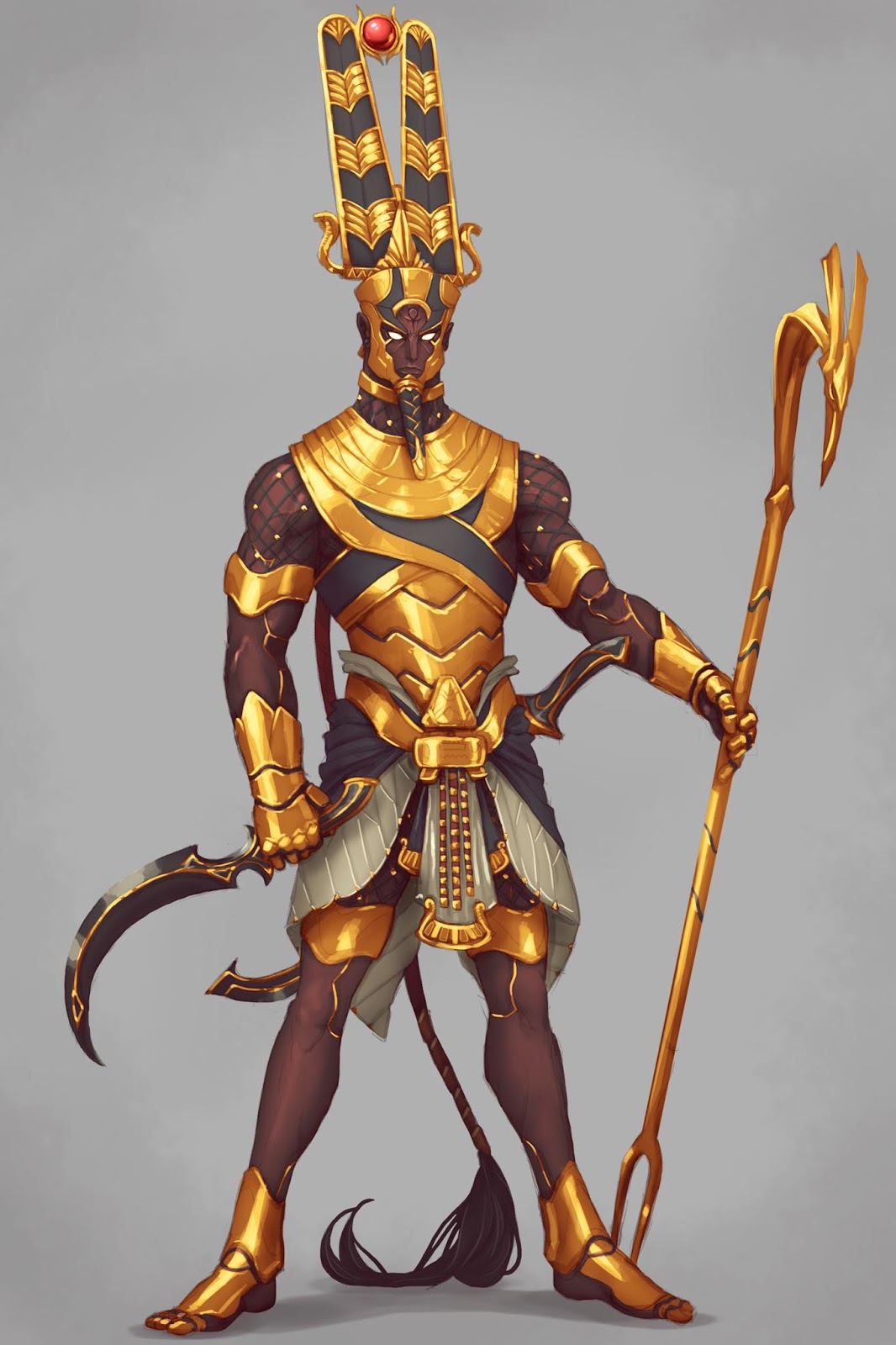A Comprehensive Guide To Amon Ra: The Egyptian Sun God
Amon Ra, also known as Amun-Ra, is one of the most significant deities in ancient Egyptian mythology. Revered as the king of the gods, he embodies the sun's power and light, playing a crucial role in the spiritual and political life of ancient Egypt. This article delves deep into the world of Amon Ra, exploring his origins, attributes, and influence throughout Egyptian history. With a focus on his worship and representation in art and culture, we aim to provide a thorough understanding of this fascinating god.
The worship of Amon Ra dates back to the Middle Kingdom of Egypt, where he emerged as a central figure in the pantheon. His dual nature as both Amon, the hidden god, and Ra, the sun god, represents the interplay of mystery and illumination. In this guide, we will cover various aspects of Amon Ra, including his historical significance, the temples dedicated to him, and his portrayal in ancient texts and artifacts.
As we navigate through the profound legacy of Amon Ra, this article will utilize reliable sources and scholarly references to ensure an accurate and comprehensive portrayal. Whether you are a history enthusiast, a student of mythology, or simply curious about ancient Egyptian culture, this guide serves as a valuable resource on Amon Ra.
Table of Contents
- 1. The Origins of Amon Ra
- 2. Attributes and Symbolism
- 3. Worship and Rituals
- 4. Temples Dedicated to Amon Ra
- 5. Myths and Legends
- 6. Amon Ra's Cultural Impact
- 7. Modern Relevance of Amon Ra
- 8. Conclusion
1. The Origins of Amon Ra
Amon Ra's origins can be traced back to the ancient Egyptian city of Thebes. As the local deity of Thebes, Amon was initially worshipped as a god of air and fertility. However, with the unification of Upper and Lower Egypt, his significance grew, leading to the fusion with Ra, the sun god. This amalgamation marked the rise of Amon Ra as a principal deity in the Egyptian pantheon.
1.1 Historical Background
During the Middle Kingdom (c. 2055–1650 BCE), Amon Ra's worship reached its peak as he became associated with kingship and power. Pharaohs often depicted themselves as the "sons of Amon," reinforcing their divine right to rule. This connection between Amon Ra and the monarchy cemented his status as a central figure in Egyptian religion.
2. Attributes and Symbolism
Amon Ra is often depicted with various symbols that highlight his divine attributes. He is usually represented as a man with a ram's head or as a solar disk encircled by a cobra. These representations emphasize his nature as a creator god and a protector.
2.1 Symbolic Representations
- Solar Disk: Represents light, warmth, and life.
- Ram's Head: Symbolizes fertility and strength.
- Cobra: Signifies protection and royalty.
3. Worship and Rituals
The worship of Amon Ra involved elaborate rituals and festivals, particularly during the Opet Festival. This annual celebration honored the divine connection between Amon Ra and the Pharaoh, reinforcing the idea of divine kingship.
3.1 Key Rituals
- Offering Rituals: Included incense, food, and precious items.
- Processions: Involved transporting the statue of Amon Ra through Thebes.
- Prayers and Hymns: Conducted by priests to invoke his blessings.
4. Temples Dedicated to Amon Ra
Several magnificent temples were constructed in honor of Amon Ra, with the most famous being the Karnak Temple complex in Thebes. This vast site features numerous chapels, pylons, and sanctuaries dedicated to Amon Ra.
4.1 The Karnak Temple Complex
The Karnak Temple is not only a testament to the architectural prowess of ancient Egyptians but also a symbol of their devotion to Amon Ra. The Great Hypostyle Hall, with its towering columns, is a highlight of the complex.
5. Myths and Legends
Amon Ra is central to various myths that explain the creation of the world and the role of gods in human affairs. One prominent myth involves his journey through the underworld at night, battling chaos before rising again at dawn.
5.1 Creation Myth
According to the Heliopolitan creation myth, Amon Ra emerged from the primordial waters of Nun as a creator god, bringing forth light and life to the universe.
6. Amon Ra's Cultural Impact
The influence of Amon Ra extends beyond religion into art, literature, and politics. His imagery is pervasive in ancient Egyptian art, often symbolizing power and divinity.
6.1 Artistic Representations
Statues, reliefs, and paintings frequently depict Amon Ra, showcasing his importance in both religious and royal contexts. Many pharaohs commissioned art that emphasized their connection to Amon Ra to legitimize their rule.
7. Modern Relevance of Amon Ra
Today, Amon Ra continues to captivate those interested in ancient history, spirituality, and mythology. His legacy is studied in various academic fields, and his imagery is often used in modern art and popular culture.
7.1 Amon Ra in Popular Culture
References to Amon Ra appear in literature, film, and even video games, illustrating the enduring fascination with this ancient deity. His symbolism is often associated with themes of power, light, and divinity.
8. Conclusion
In conclusion, Amon Ra stands as a monumental figure in ancient Egyptian mythology, embodying the complexities of divinity and kingship. His worship shaped the spiritual landscape of Egypt, influencing everything from politics to art. As we reflect on the legacy of Amon Ra, it is evident that his story is one of profound significance, inviting us to explore the depths of human belief and creativity.
We encourage you to share your thoughts in the comments below, explore more articles on ancient mythology, or share this guide with fellow history enthusiasts!
Thank you for reading, and we look forward to seeing you again soon!
Feastables: The Ultimate Guide To Delicious Snacks And Treats
Fanny Ly: The Rising Star In The World Of Entertainment
Bauering: The Art And Science Of Sustainable Living


